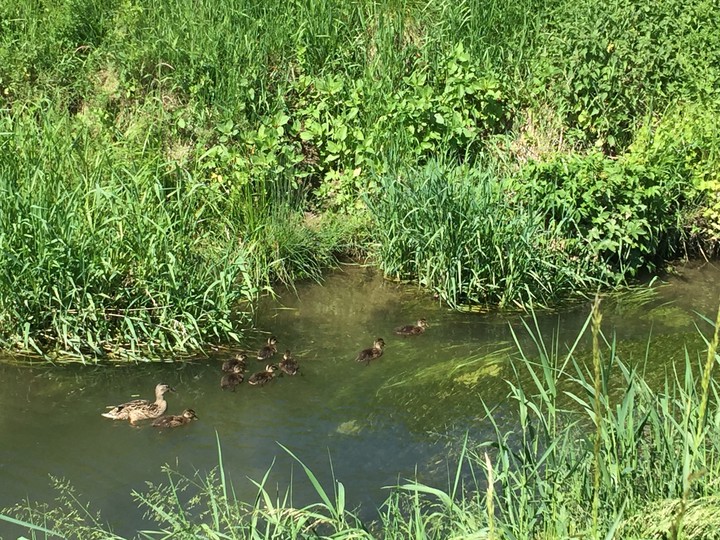Rework through Deliberate Practice
Cultivating Self-aware Students Who Self-correct

Good learning projects (quite possibly all interesting projects), must have the right amount of complexity and built-in imperfections due to design trade-offs and compromises. This ensures that projects aren’t google-able AND are challenging enough to encourage real learning. I like to think that “challenging enough” ensures that students experience a sense of the “hero’s journey” while working on their projects and then when they are successful they will have a sense of pride in what they learned and accomplished.
This level of complexity has two side effects that are common in the real world, but uncommon in education:
- how to arrive at the best solution is unknown and uncertain (by even the teacher) and will require exploration - quite possibly there is more than one workable solution; and
- the process of exploring to find a workable solution will involve what is commonly called the dreaded deadend or, in my field of tech, going down the rabbit hole. Unfortunately, this is often seen as a problem - not knowing and not understanding is, after all, what schools set out to correct. Allowing students to head in the wrong direction, especially since many people value efficiency (for example, discovering the fastest way to learn), can seem wrong-headed, but schools in theory should value worthwhile learning as their top priority, not speed.
Ideally, as students work, they self-assess, self-reflect, and self-correct their own work. It is, unfortunately, very common that we as teachers correct students and we as teachers tell them not only what to rework, and how to do it. This may be efficient at getting certain results - for example, completed projects. However, I question if that is valuable learning. When we judge student work, students learn to work toward the approval found in a grade, which alters learning. Additionally, when we tell students what to do, they don’t learn to self-regulate and self-motivate their own learning processes.
On the other hand, when students can engage in deliberate practice (where they self-assess, self-reflect, self-correct, and choose to redo until they themselves are satisfied), then students not only learn the classroom curriculum, but also lifeworthy skills, including: problem solving skills, balancing competing design needs, grit (stick-to-it-ive-ness), self-directed learning, and the joy of learning and discovery. In this way, students are much more likely to become life-long learners.
To ensure that students learn the process of deliberate practice, it is important to create a classroom environment where it is straightforward for students to be able to self-assess. I have found the best way to do this is to use ‘natural’ assessments. At least in the world of code, engineering, and physics, this is pretty straightforward. Make rubrics in which the students can test themselves, e.g. in a class making boats, the rubric will ask if it floats with a payload, say a large coin. For areas where natural assessment isn’t as easy, I teach the kids how to get (and give) each other helpful feedback (described in a later article). In this way, students are helping each other, learning from each other, and in the end self-assessing what to do with the feedback. They are no longer as reliant on the teacher.
The beauty of letting students learn this way, when there is safety to explore (& make mistakes), is that the students often enjoy the learning, gain self-confidence, and possibly learn the JOY of learning. If this joy of learning becomes commonplace in education, we are very likely to have many more joyful, lifelong learners and innovators.
Originally published at btihen.me.